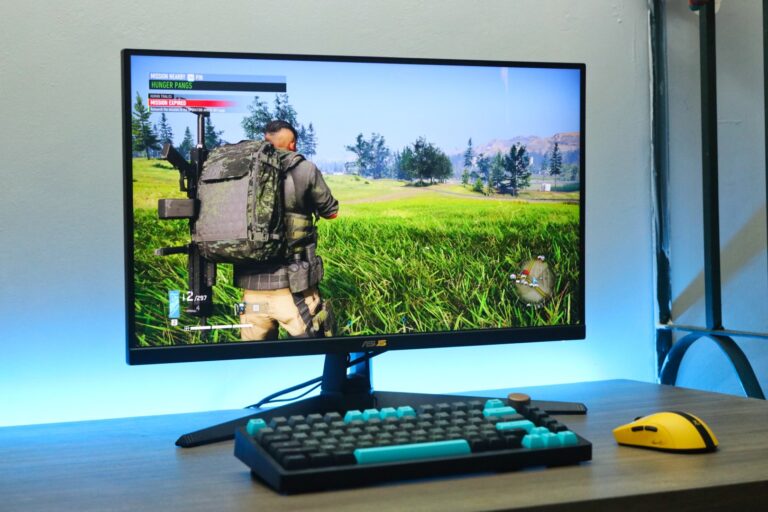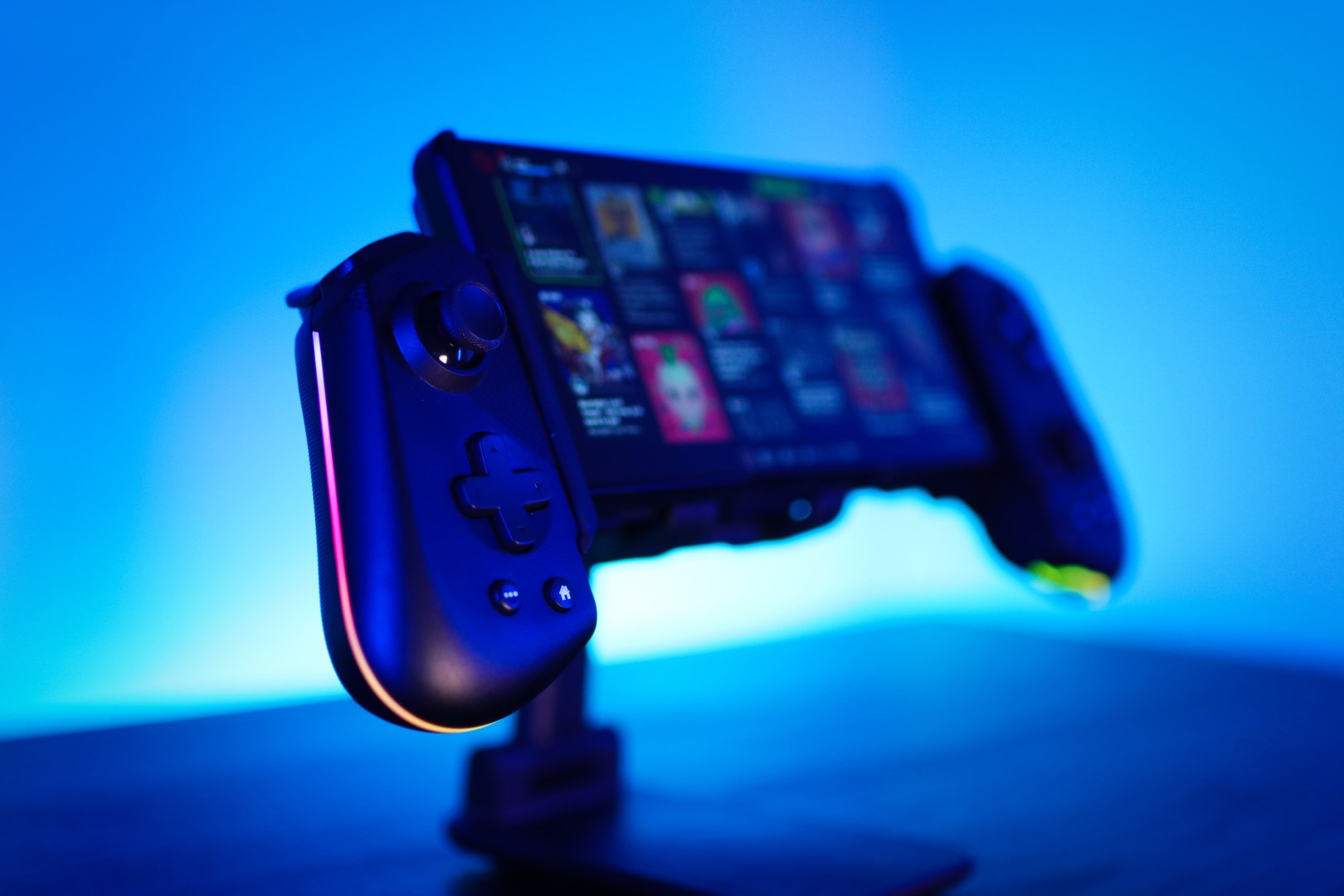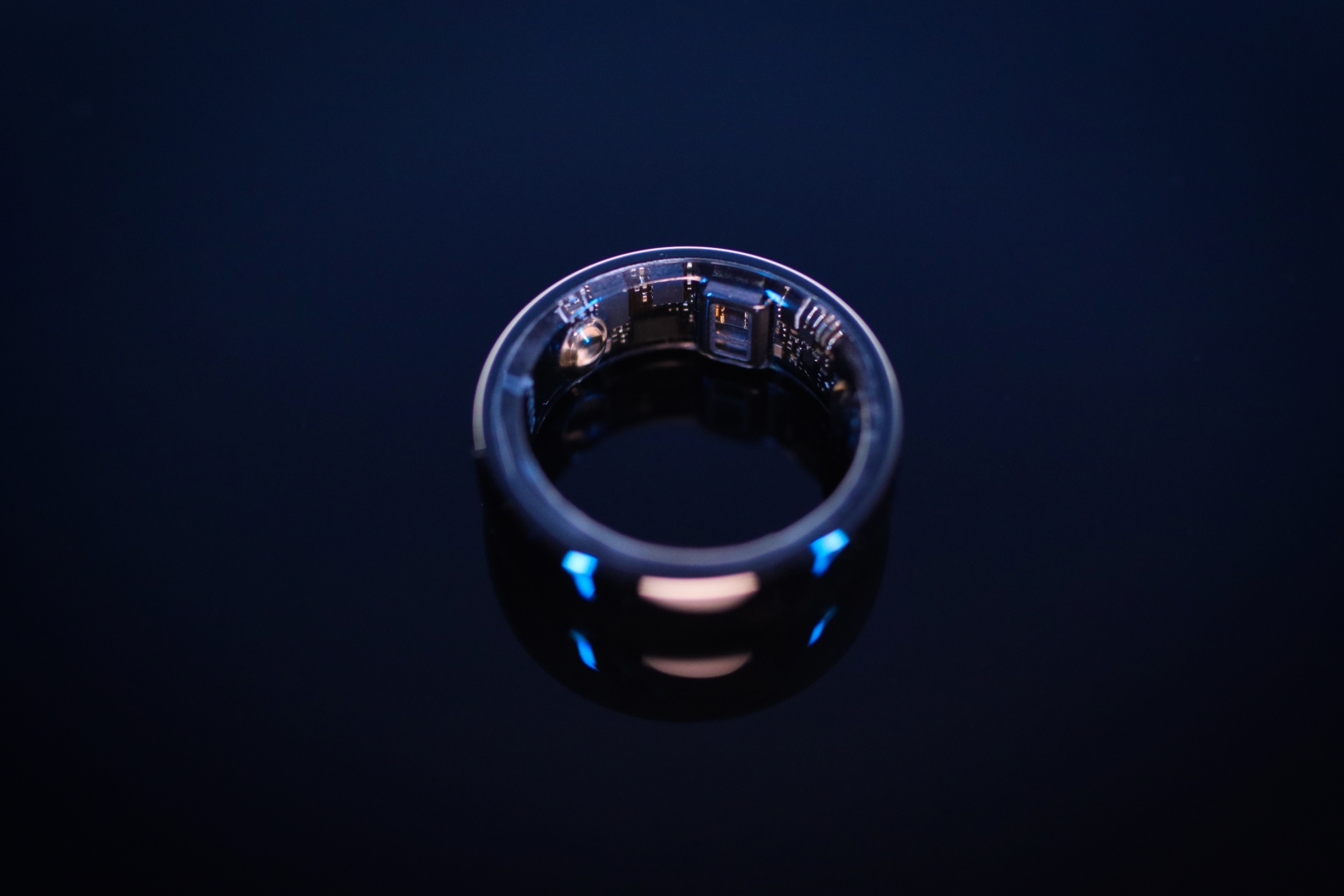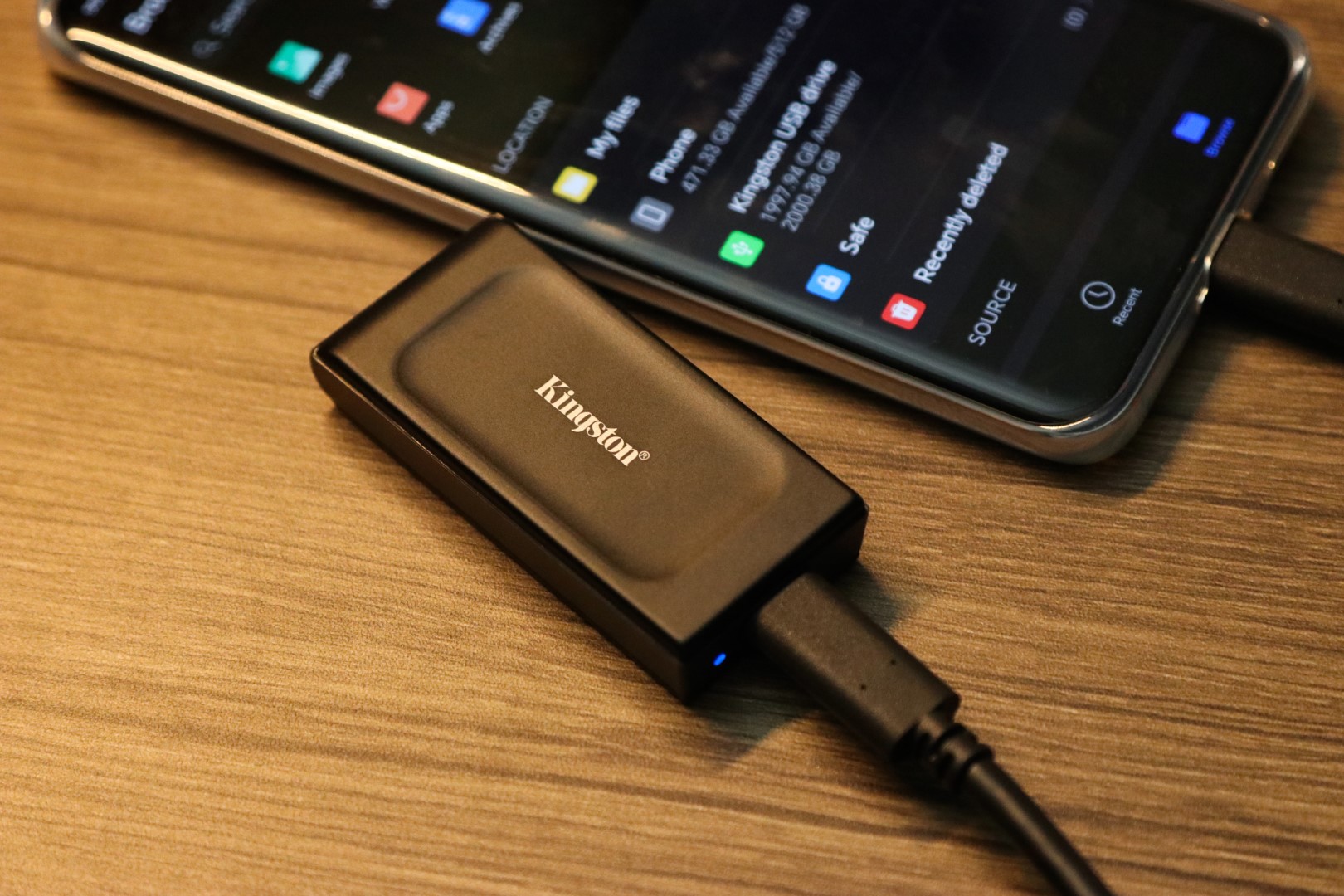Whether you’re a casual gamer or an aspiring professional, it’s essential to understand how your monitor’s refresh rate affects your experience. This guide details the differences between stock 180Hz monitors and overclocked monitors and explores the pros and cons to help you make the best choice for your gaming setup.
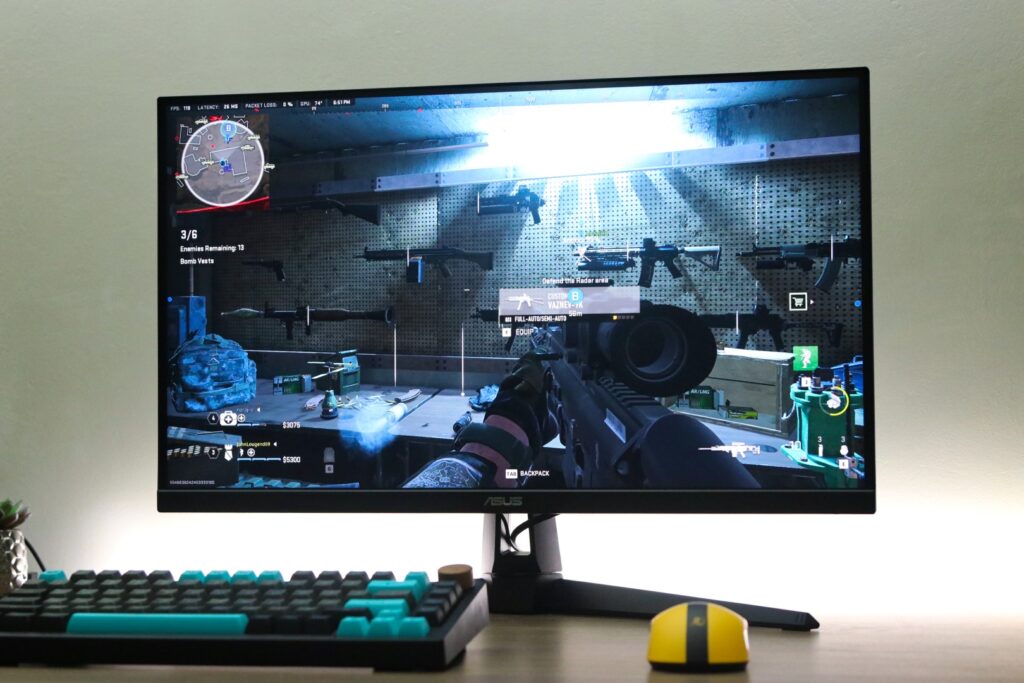
What is a monitor’s Refresh Rate?
A monitor’s refresh rate refers to how many times per second the display is able to draw a new image. It is measured in Hertz (Hz). A higher refresh rate ensures smooth image transitions, which is important for fast-paced games to avoid blur and improve your gaming experience.
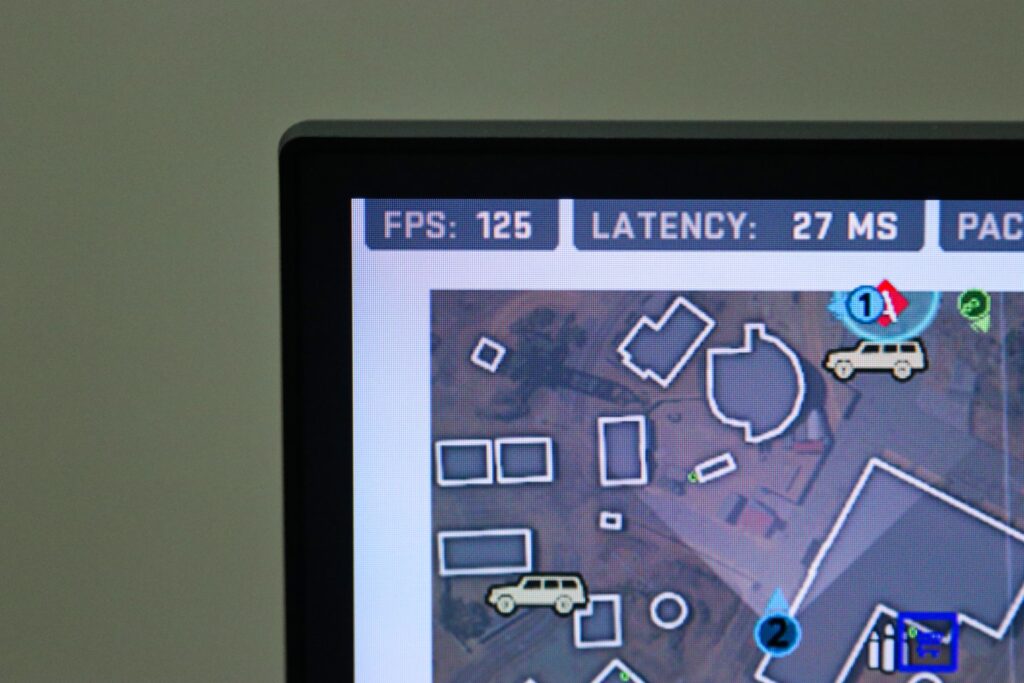
When using a monitor with a refresh rate that does not match the game’s frame rate, problems such as screen tearing, stuttering, and increased input lag may occur. Screen tearing is easily noticed when the screen refresh rate is out of sync with the game’s frame rate, leading to a fragmented screen. Flickering and stuttering occur when a game’s frame rate is lower than the monitor’s refresh rate, resulting in uneven motion. Input lag may also increase, which will affect the game’s responsiveness. To minimize these issues, you should match your game’s frame rate to your monitor’s refresh rate and, if possible, use Adaptive Sync System technologies like G-Sync or FreeSync to improve overall game performance.
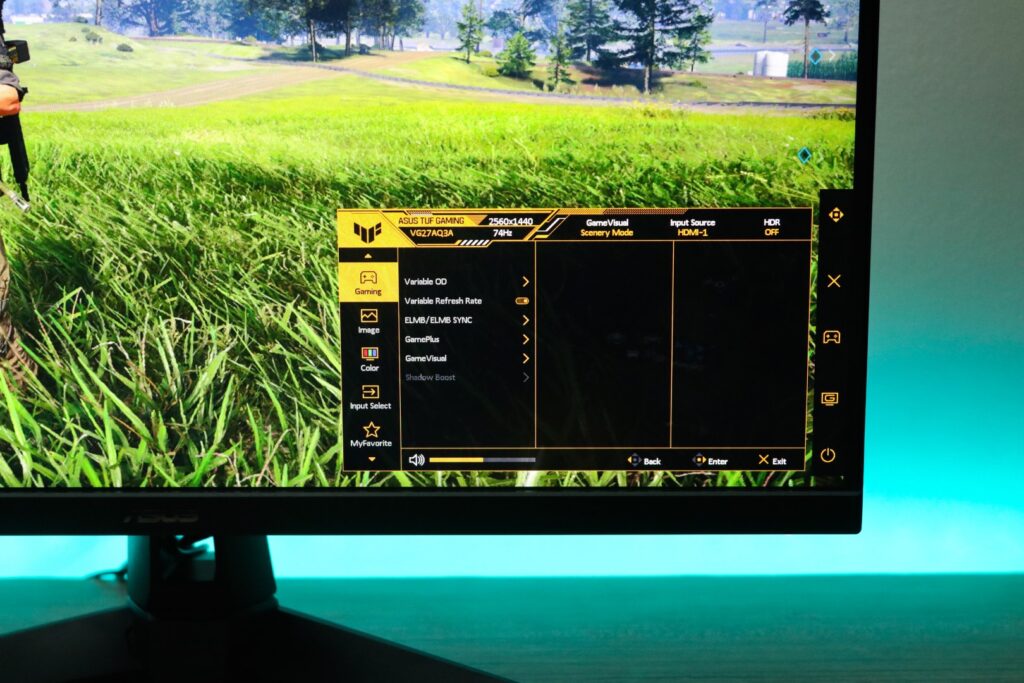
Native vs. Overclocked
The native refresh rate is what the display can handle without any adjustments or changes to its system. On the other hand, overclocking means pushing the hardware beyond its limits to increase the screen refresh rate. This could lead to several issues in the long run, such as reduced lifespan of the monitor’s panel since overclocking puts more stress on it; image quality degradation; heating issues since overclocking generates more heat, and compatibility issues with certain graphics cards in case you upgrade in the future. In addition, not all monitors are capable of prolonged overclocking, and if the user is not too skilled, the monitor can be irreparably damaged.
Given the said information, monitors with high native refresh rates tend to last longer than their overclocked counterparts because they’re built to run high frame rates, which means less stress, and you don’t have to tinker with them.
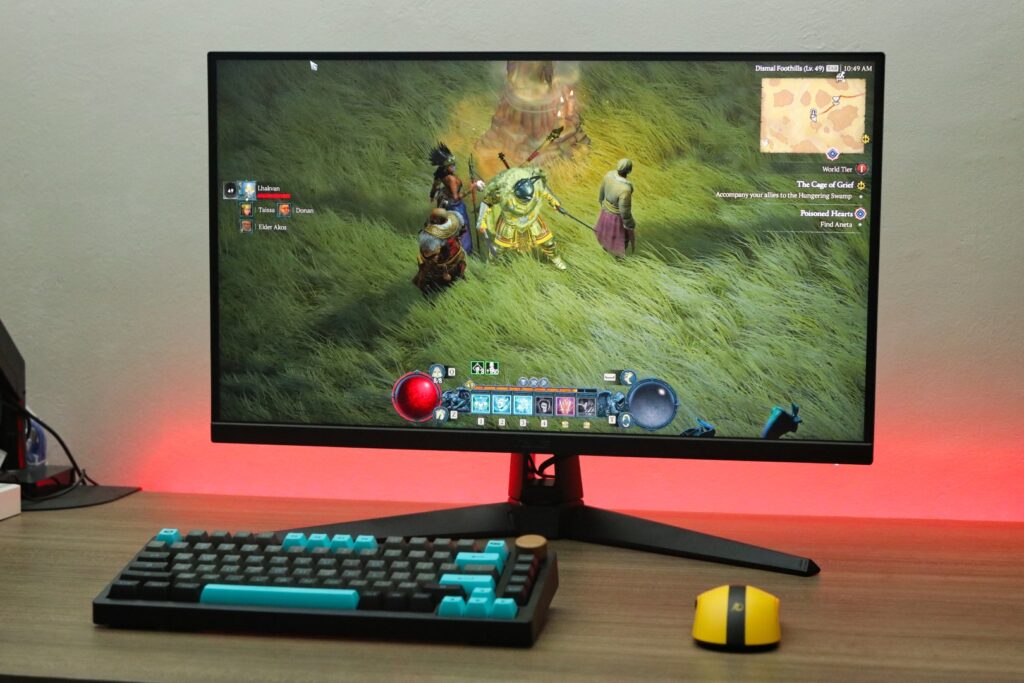
Which One Should You Get?
Regarding native 180Hz displays, there are also pros and cons to consider. On the plus side, these monitors can ensure consistently smooth visuals, delivering an enhanced gaming experience thanks to reduced motion blur. Additionally, compatibility issues are less likely, ensuring more seamless integration with your gaming system. However, the downside to these monitors is that they often cost more, making them a premium choice. Moreover, finding them in the market is a challenge due to their specialized nature.
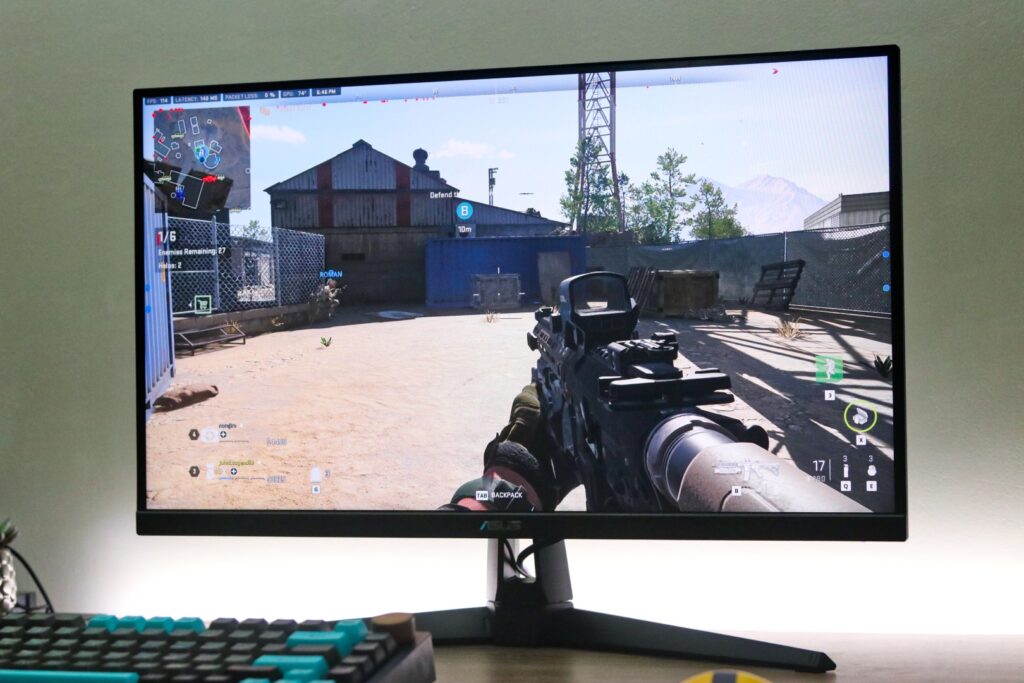
On the other hand, monitors overclocked to 180Hz often come in more economical packages, ensuring wider accessibility to a wider audience. One trade-off that most people will notice is that images don’t always maintain the same level of smoothness, which can affect the experience. Additionally, the risk of compatibility issues increases when pushing hardware beyond its limits.
Of course, the decision will always depend on the consumer’s budget and priorities. If cost is not an issue, choosing a native 180Hz display will always be the best recommendation. However, if you’re on a tight budget or you’re looking for compatibility between multiple graphics cards, a monitor overclocked to 180Hz would be a more practical and cost-effective solution.
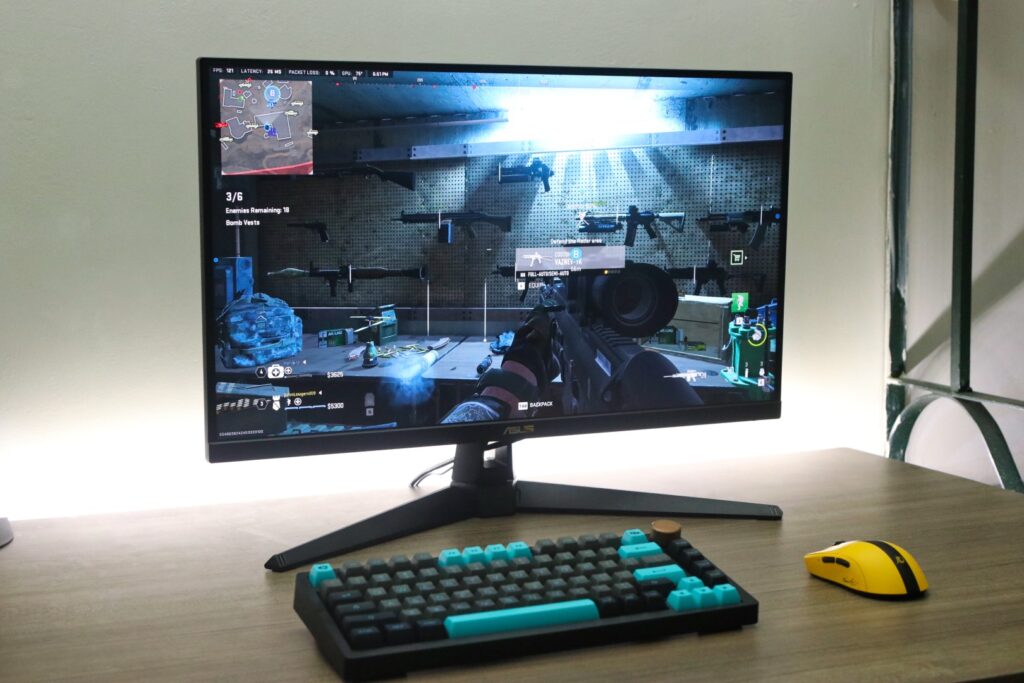
If you’re already sold on getting a gaming monitor with a Native 180Hz Refresh Rate, here are some recommendations from the ASUS TUF Gaming Series:
| Model | Panel size | Resolution | Refresh rate | Response time | Sync support | HDR |
| TUF Gaming VG27AQ3A | 27-inches | 2560×1440 | 180Hz Native | 1ms (GTG) | FreeSync Premium, G-SYNC Compatible | HDR10 |
| TUF Gaming VG279Q3A | 27-inches | 1920×1080 | 180Hz Native | 1ms (GTG) | FreeSync Premium | No |
| TUF Gaming VG249Q3A | 23.8-inches | 1920×1080 | 180Hz Native | 1ms (GTG) | FreeSync Premium | No |
The original ASUS TUF Gaming 180Hz monitor has features that are designed to enhance the user’s gaming experience. With a smooth 180Hz refresh rate, these monitors ensure seamless on-screen action. These displays offer fast response speeds (1ms response time), reflecting your in-game actions as soon as you click or press a button, eliminating latency.
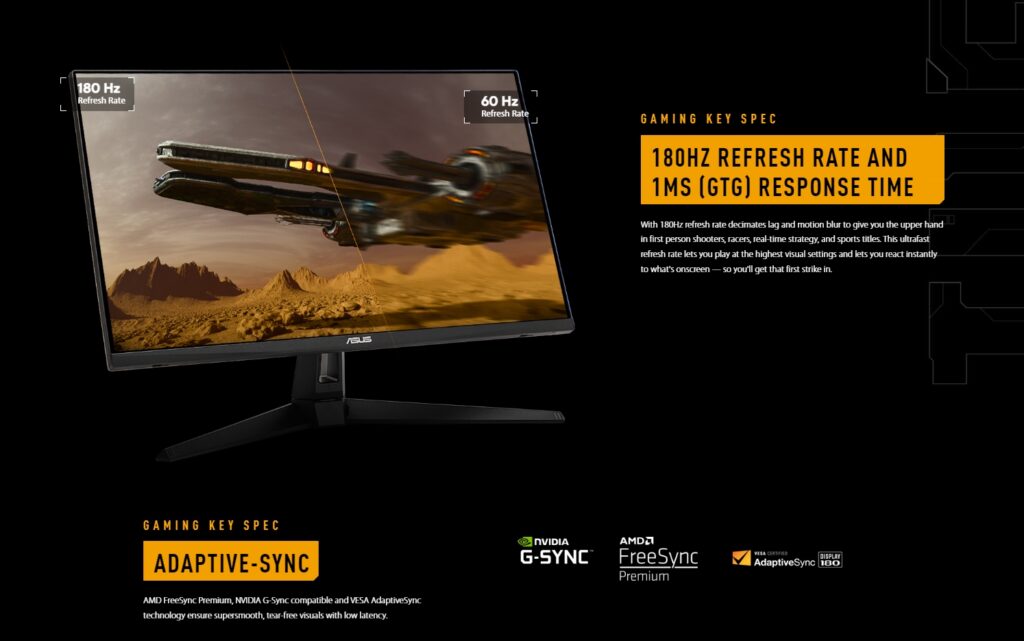
Vivid color reproduction on these monitors is ensured by the IPS panel and offers better viewing angles than most other monitors. The TUF Gaming VG27AQ3A’s HDR10 support also improves contrast and brightness, contributing to a visually engaging gaming experience. To ensure tear-free gaming, this monitor has FreeSync Premium, G-Sync, and AdaptiveSync compatibility. Eliminating visual noise such as tearing and stuttering provides a gaming environment that is free of screen tearing and fully immerses oneself in the virtual world without distractions. At the same time, the TUF Gaming VG279Q3A and TUF Gaming VG249Q3A have FreeSync Premium compatibility.
Our recommendation: Go for monitors with high native refresh rates.
The ASUS TUF Gaming series emerges as a standout contender in this category, ticking all the boxes for a premium choice in the realm of native 180Hz monitors. With features like a super smooth 180Hz refresh rate, rapid 1ms response time, vibrant colors, and compatibility with both FreeSync Premium and G-SYNC, these monitors deliver an unparalleled gaming experience. The inclusion of HDR10 support further enhances the visual appeal, making them a top-tier option for gamers seeking uncompromised performance and immersion.
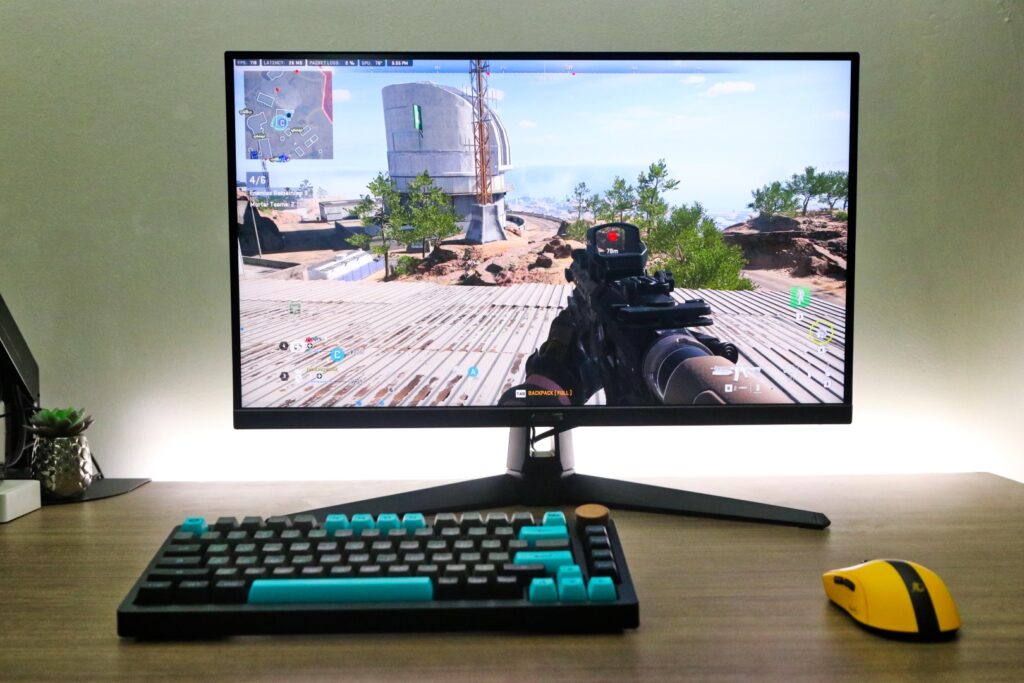
However, the ultimate decision still hinges on individual preferences, needs, and budget considerations. While the ASUS TUF Gaming series offers a premium gaming experience, it’s crucial for consumers to weigh their priorities. Whether prioritizing the absolute best performance, broader compatibility, or cost savings, ASUS TUF Gaming monitors offer a versatile lineup to satisfy various gaming preferences. Rich options allow them to tailor their monitor choice to suit their unique gaming needs.
The ASUS TUF Gaming Monitors with 180Hz Native Refresh Rates are available through Lazada and Shopee. See links below:
VG249Q3A
Lazada – https://ph.asus.click/VG249Q3ALAZ
Shopee – https://ph.asus.click/VG249Q3ASHP
VG279Q3A
Lazada – https://ph.asus.click/VG279Q3ALAZ
Shopee – https://ph.asus.click/VG279Q3ASHP
VG27AQ3A
Shopee – https://ph.asus.click/VG27AQ3ASHP

